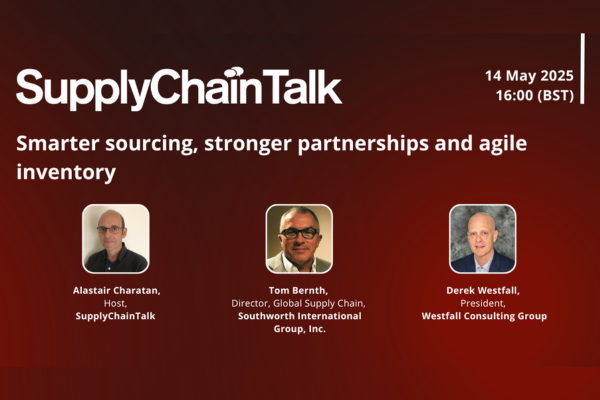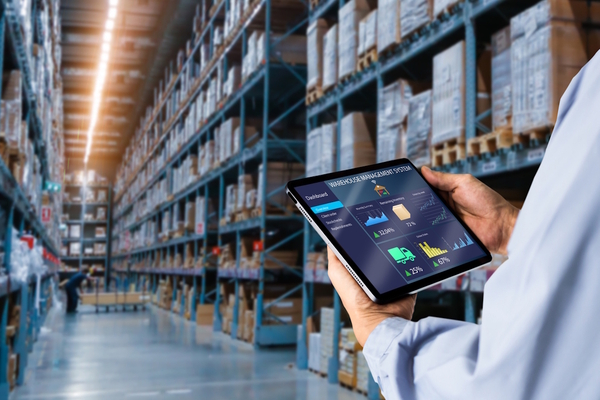SupplyChainTalk: How analytics can empower your future supply chain
On 27 September, 2023, Supply Chain Talk host Alastair Charatan was joined by Russ Mills, Field CFO, Go-To-Market, Transformation Office, Alteryx; Costas Vassiliadis, Senior Director Consulting – Supply Chain & Data Analytics, PriceWaterhouseCoopers; Katerina Petta, Senior Manager, Strategy & Operations Consulting, PriceWaterhouseCoopers; Reinaldo Morais, Business Analyst Specialist, Ericsson.
Views on news
Jaguar Land Rover is to embed AI into its supply chain to predict risks such as natural disasters, strikes, data breaches and export issues. Models trained with these types of information will then produce better outcomes. AI and data analytics are already extensively used for making supply chains more resilient. Supply chains’ resilience can be improved by boosting their flexibility via increasing transparency or with bigger inventories.
Finding the right strategy is key. As black swan types of events can’t be predicted by definition, what businesses should focus on is quick response to changing circumstances, which can be improved by carrying out simulations.
Are data analytics better suited for assessing risks or responding to unforeseen events?
If tweaks are made upstream in the supply chain, revenue streams at the end of the cycle will multiply. The most challenging part of data gathering is to bring together external and internal data and reconciling it across the various units of the organisation.
Platforms such as Ultrax’s allow businesses to take any data of any size and start blending and transforming it. But to achieve good results, data integrity and accuracy have to play a central role. Data quality is often seen as having 6 dimensions. One area where data analytics can help manage risks is when sourcing from multiple suppliers or building a network of alternative suppliers that the company can pivot to in a crisis or when new opportunities present themselves (2+1 is a popular model).
Identifying failure points enables the company to monitor these areas and data analytics will immediately point out anomalies as they happen. But the human, non-technical side of the equation shouldn’t be forgotten about either. Even the best risk management plan will fail without a budget assigned to it.
The panel’s advice
Data analytics is a good tool for both assessing your exposure to risk and optimise your response to unforeseen events.
Initially, use the data that you have and use it as a learning opportunity and spot what doesn’t look right when looking at it with human eyes.
Align the data objects and the business hierarchies within the organisation.
Risk assessment is not a one-off exercise but has to be embedded in the operation of a business.

Business Reporter Team
Related Articles
Most Viewed
Winston House, 3rd Floor, Units 306-309, 2-4 Dollis Park, London, N3 1HF
23-29 Hendon Lane, London, N3 1RT
020 8349 4363
© 2025, Lyonsdown Limited. Business Reporter® is a registered trademark of Lyonsdown Ltd. VAT registration number: 830519543





